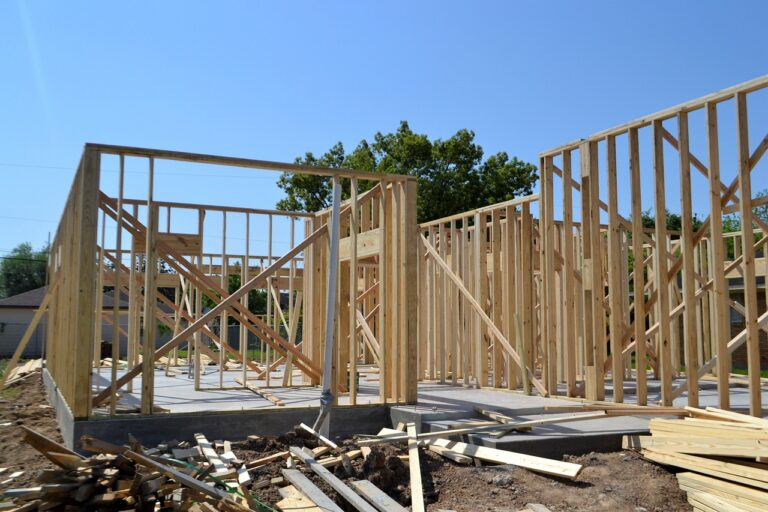The Benefits of Vertical Gardens for Urban Dwellers
Urban living comes with many challenges, including limited space for greenery and gardens. However, vertical gardens offer a creative solution to this problem by allowing urban dwellers to bring nature into their homes and workplaces in a unique and efficient way. In this article, we will explore the various benefits of vertical gardens for urban dwellers, from improving air quality to enhancing aesthetic appeal.
1. Maximizing Space
One of the most significant benefits of vertical gardens is their ability to maximize space in urban environments. Traditional gardens require large plots of land, which are often scarce in cities. Vertical gardens, on the other hand, can be installed on walls, fences, or even indoors, allowing urban dwellers to make the most of their limited space.
2. Improving Air Quality
Vertical gardens are not only aesthetically pleasing but also have a positive impact on air quality. Plants naturally filter the air by absorbing harmful pollutants and releasing oxygen. By incorporating a vertical garden into their living or working spaces, urban dwellers can enjoy cleaner and fresher air.
3. Enhancing Aesthetic Appeal
Vertical gardens add a touch of nature and beauty to urban environments, transforming dull and concrete spaces into vibrant and inviting areas. Whether indoors or outdoors, vertical gardens can create a visually stunning focal point that enhances the overall aesthetic appeal of a space.
4. Boosting Mental Well-being
Studies have shown that spending time in nature has a positive impact on mental well-being, reducing stress and anxiety. Vertical gardens allow urban dwellers to connect with nature without having to leave the comfort of their homes or offices, providing a calming and therapeutic environment.
5. Increasing Productivity
Greenery has been linked to increased productivity and creativity in the workplace. By incorporating vertical gardens into office spaces, employers can create a more inspiring and energizing environment for their employees, ultimately leading to higher levels of productivity and job satisfaction.
6. Sustainable Living
Vertical gardens promote sustainable living practices by encouraging the use of eco-friendly materials and reducing the carbon footprint. By growing fruits, vegetables, and herbs in vertical gardens, urban dwellers can take a step towards self-sufficiency and reduce their reliance on store-bought produce.
FAQs
1. How do vertical gardens work?
Vertical gardens utilize a variety of structures, including walls, frames, and containers, to grow plants vertically. These structures provide support for the plants and allow them to thrive in a vertical position.
2. What are the best plants for a vertical garden?
Some popular plants for vertical gardens include succulents, ferns, herbs, and trailing vines. These plants are well-suited to vertical growth and can thrive in a variety of environments.
3. How can I create my own vertical garden?
Creating a vertical garden is a fun and rewarding DIY project. You can start by selecting a suitable location, choosing the right plants, and installing a sturdy support structure. Be sure to consider factors such as sunlight, water, and drainage when designing your vertical garden.
Overall, vertical gardens offer a range of benefits for urban dwellers, from maximizing space to improving air quality and boosting mental well-being. By incorporating vertical gardens into their living and working spaces, urban residents can enjoy the beauty of nature and create a more sustainable and vibrant environment.







